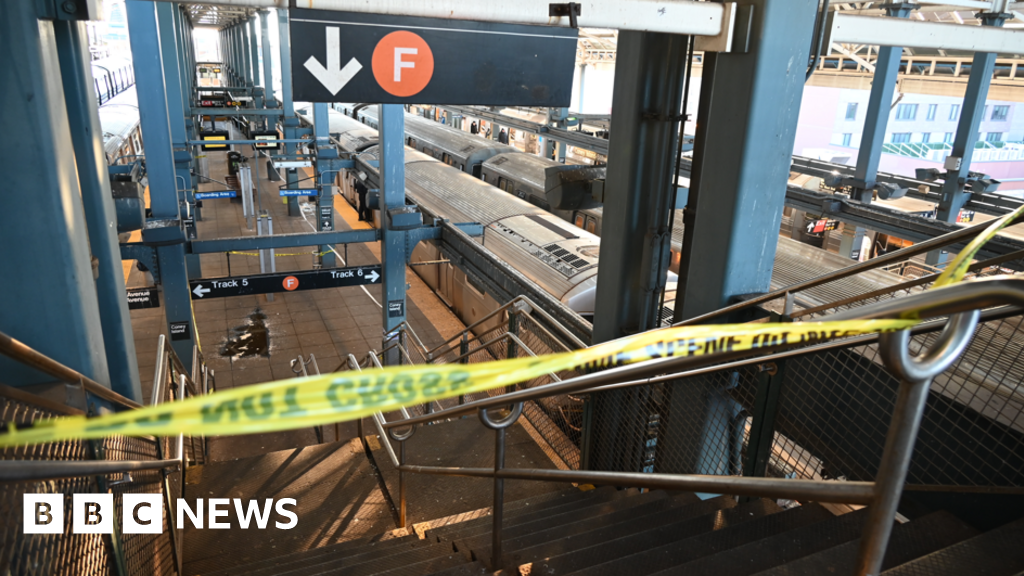- The S&P 500 index ended the week lower by 5.6%.
- The index is now down nearly 10% from its peak two months ago.
- Roughly half of the stocks in the index are down 20%.
The S&P 500 closed the trading week lower by 5.6% and is now 9% removed from its peak two months ago, according to CNBC’s Michael Santoli. So what’s next for the index heading into the final weeks of the trading year?
Multi-week selloff and mixed signals
The S&P 500 and other indices are now on a three-week losing streak but there aren’t many signs of investors overly panicking, Santoli wrote. A more appropriate way to describe the current market sentiment might be a “moderation of the elevated optimism from a few weeks ago.”
Are you looking for fast-news, hot-tips and market analysis?
Sign-up for the Invezz newsletter, today.
Over in the options market, traders are perhaps a bit more nervous given a recent uptick in put buying. A put option is used when an investor believes the underlying stock is more likely to move lower than higher.
Meanwhile, corporate executives have “largely stopped” selling shares in the company they manage
Other signs are a bit more worrisome, including the CNN Fear & Greed Index that is down to 30 on a 1 to 100 scale and this is “well into fear territory,” he wrote.
Curious about adding exposure to the S&P 500 index in your portfolio? Here is an educational guide on how to invest in some of the biggest and most successful companies.
S&P 500 recap
The S&P 500 index closed on Friday at 3,269.96, down 40.15 points or 1.21%, Santoli continued. From a technical perspective, the index blew below the 3,400 support level and now all eyes are on the 3,200 level to see if it can hold.
The 3,200 level not only represents the September closing low but June’s peak and a year-to-date break-even line, he wrote. Below is the 3,100 level that is the 200-day moving average and if the index falls it will serve as a “true test” to determine if recent bullish sentiment can return.
In terms of individual stocks within the S&P 500 index, around half of them are at least 20% removed from their highs. Earnings season hasn’t provided much help as stocks traded “poorly” off their results although forward profit forecasts “held up.”
Cheaper valuation
The S&P 500’s valuation in terms of next year’s earnings is “by no means cheap” but still cheaper today at 20 compared to 23 just two months ago, according to Santoli.
Should investors be buyers of stocks at a less expensive valuation? A COVID-19 vaccine could come within weeks and this would serve as a positive tailwind for the market. But it may be premature to jump to this conclusion.
“And whatever the chances of a Covid vaccine approval now, it is nearer and no less likely than it was a couple months ago,” he wrote.





